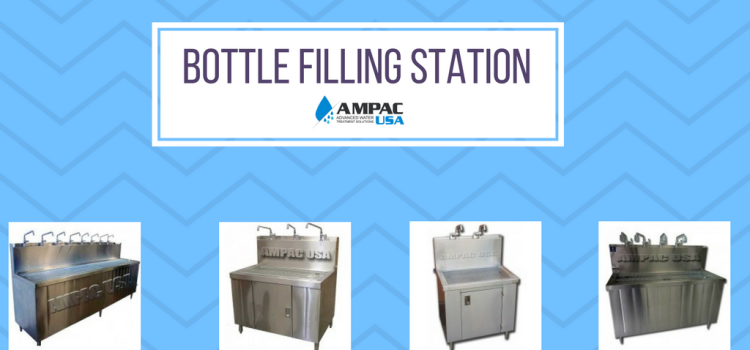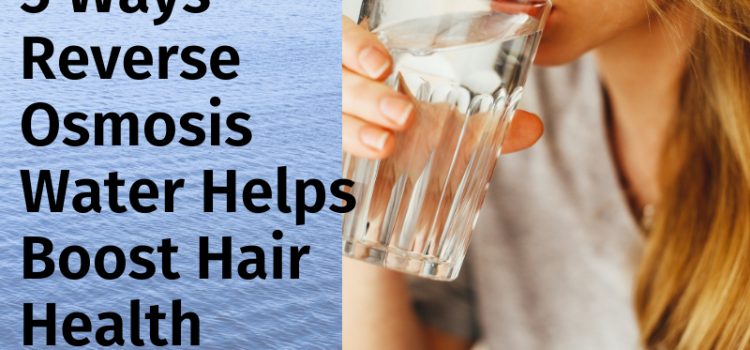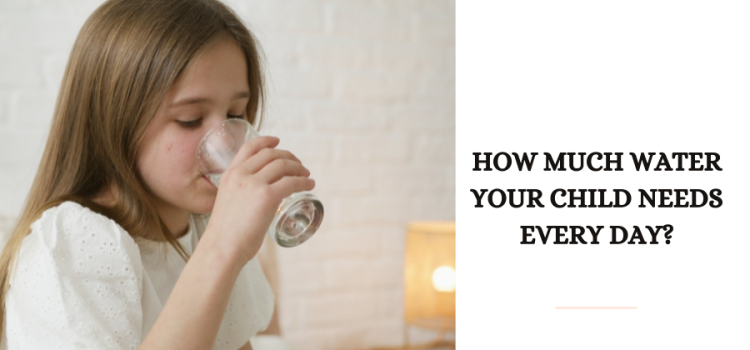UrszulaSzymańskaaMarekWiergowskibIreneuszSołtyszewskicJarosławKuzemkodGabrielaWiergowskaefMateusz KacperWoźniak
Abstract
The presence of antibiotics and their metabolites in the aquatic environment exerts a negative impact on all organisms. Moreover, the easy migration of these substances to drinking water may also have serious consequences for public health, such as drug resistance. Although antibiotics and their metabolites are detected in surface waters and wastewater, there are still no systemic solutions preventing environmental pollution with these substances. The procedure for quantification of antibiotics usually involves solid-phase extraction (SPE) followed by instrumental analysis typically using liquid chromatography coupled with tandem mass spectrometry (LC–MS/MS), which provides sensitivity, selectivity and reliability of results. Therefore, it is necessary to take decisive steps aimed at the determination of critical concentrations of antibiotics, which will make it possible to maintain safe values that will not exert a negative impact on the natural environment and human health. This work presents the current state of knowledge based on data from 2009 to 2018 (review of ten years of scientific papers) on the presence of antibiotics and their metabolites in the aquatic environment in Poland and Europe and methods used for the determination of antibiotics in different types of water (surface water and wastewater). The main strategies used for the removal of antibiotics during wastewater treatment processes in the context of antibiotics’ concentrations were also presented.
https://www.sciencedirect.com/science/article/pii/S0026265X18318617?via%3Dihub
The post Presence of antibiotics in the aquatic environment in Europe and their analytical monitoring: Recent trends and perspectives appeared first on Facts About Water.
Source: Water Feed









